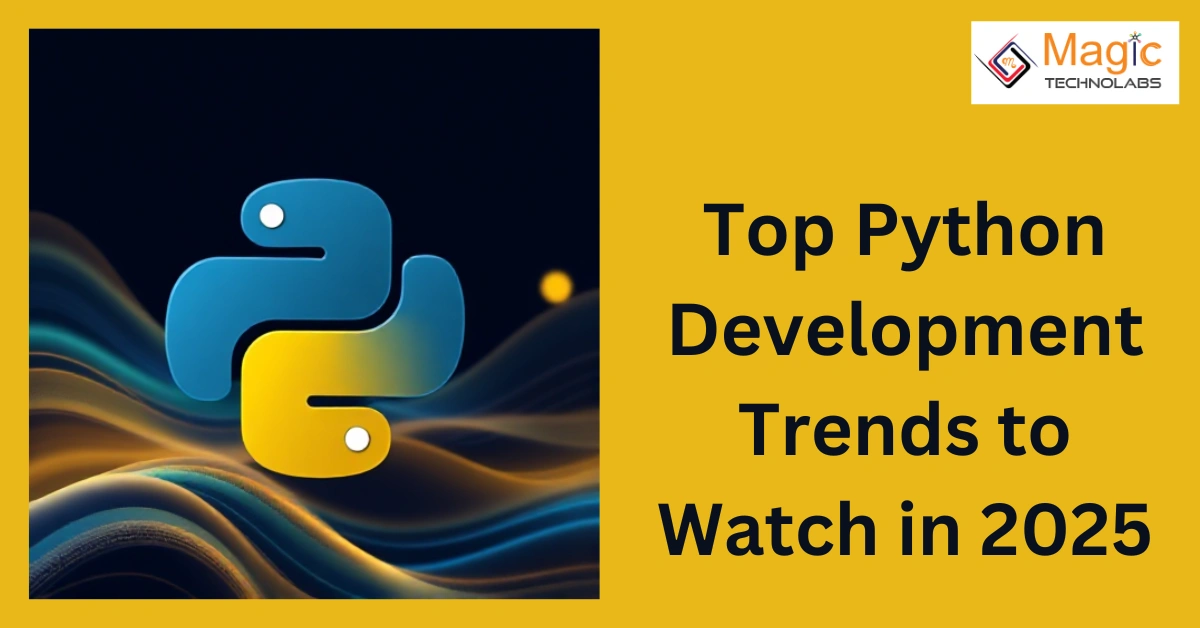Get ready to jump into the thrilling ocean of Python development in 2025! A year of innovation trends to rewrite the coding game this year!Let's have a tour of the top trends that are going to keep the Python developers on their toes and make coding more exciting and efficient!
Major Trends in Python Development Around 2025
1. Generative AI (GenAI)
Powered by AI tools: Python in AI has its continued dominance through the libraries such as TensorFlow and PyTorch, giving developers various options to create cutting-edge generative AI applications.
Productivity Hack: Automate content creation, analysis, and customer support functions with AI-driven tools, and streamline the workflow concurrently with making it efficient.
2. Data Science and Machine Learning
Advanced analytics: Python remains the go-to language for data scientists, being facilitated with libraries such as Pandas, NumPy, and Scikit-learn, which ease the process of data manipulation and data analysis.
Machine learning models: Built advanced machine learning models to easily predict trends, analyze data, and take data-driven decisions.
3. Web Development
Modern frameworks: Django and Flask continue to get more advanced with added features and better performance in creating powerful web applications.
Serverless architectures: Deploy serverless architectures that ease the development process while also reducing costs with respect to web development efficiency and scalability.
4. Automation and Scripting
Streamlined workflows: Python's simplicity makes it irresistible-Perfect for automating repetitive tasks, scripting complex workflows, saving time and energy.
Custom automation tools: Custom automation tools generate a great deal of efficiency in business functions and productivity across different industries.
5. Cybersecurity
More secure: Python boasts help develop a variety of quite secure resources to counteract cyber-poaching through huge libraries that include Scapy and PyCrypto.
Automated security tasks: Make use of automated security tasks so that the detection and resolution of threats would be as quick as possible in keeping your systems secure.
6. Internet of Things (IoT)
IoT Development: Python’s readability and simplicity make it ideal for developing IoT applications, connecting devices and enabling seamless communication.
Smart Devices: Build smart devices that collect and analyze data, improving efficiency and creating smarter environments.
7. Cloud Computing
Cloud Integration: Python’s compatibility with cloud platforms like AWS and Google Cloud allows developers to build scalable and reliable cloud-based applications.
Serverless Computing: Leverage serverless computing to reduce infrastructure costs and focus on writing code that matters.
















